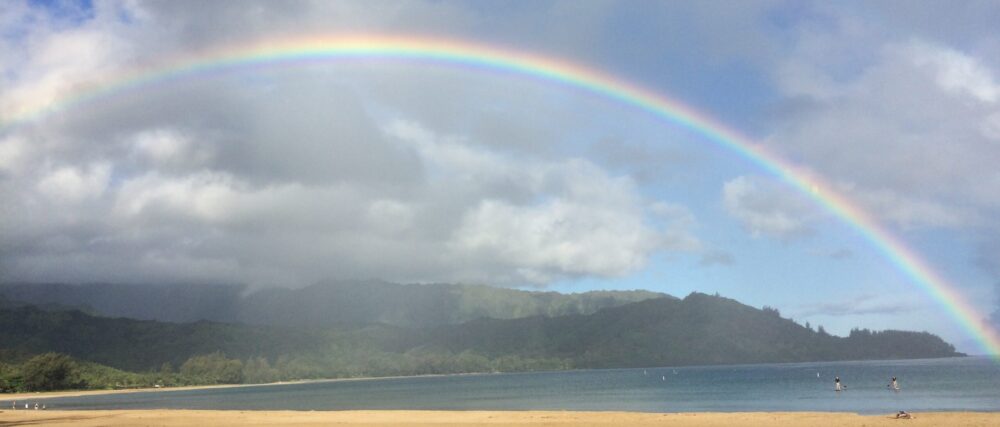By Louie Ferrera
It was around nine years ago when I first discovered it. Poking out of the ground in our backyard where the kitchen wall meets the ground, this tiny redwood shoot couldn’t have been more than three inches tall. I remember in the spring of that year purchasing several bags of a type of mulch known as “gorilla hair”. This “hair” is actually shredded redwood bark. We had spread it all around the roses, shrubs and other ornamental plants in our yard. A redwood seed had somehow made its way into one of the bags of mulch. Redwood seeds are very small, one would fit comfortably atop one of my fingernails. Think about it: the tallest and most massive trees on Earth sprout from a seed not much larger than a grain of rice!
So, here was this tiny living thing, its dozen or so slender green leaves reaching bravely towards the light. The conditions in our yard had to be just right in order for this seed to sprout. We had a unique situation here so Carol and I decided to just let our proto-tree be. I can’t recall exactly how long we let it grow where we found it, but at one point we realized that it probably wouldn’t be a god idea to have a redwood tree growing so close to the foundation of our house. Very carefully we uprooted our little tree and transferred it to a small clay pot. We left the pot in the sun and made sure that it was watered. Other than that, we just let it be. Gradually our little redwood became no so little. Over the next couple of years the clay pots got bigger and so did the tree.
By the fall of 2016 our redwood was nearly three feet tall and had outgrown the large pot it was currently living in. We wanted to plant this tree in the ground but had to choose our spot wisely. Under the right conditions, a redwood tree can grow to be over two hundred feet tall and require many adults holding hands to circle its base. We ultimately decided on an unused corner of our backyard where the fences meet at a right angle.
Election Day of that year was a dark day for our country. I awoke the next morning to the horrible reality of Donald Trump as our new president. I was teaching second grade at the time and I remember feeling an overwhelming sense of doom despair all that day. When I returned home from school, both Carol and I had a strong desire to do something, anything, that would be positive and life affirming. We decided that this was the time to plant our redwood tree.
We sunk a shovel into the ground, mixed the soil and removed all of the rocks and weeds. When the hole was deep enough, we added a healthy amount of compost and mixed that in too. We turned the redwood tree’s pot upside down, tapped the bottom a few times and out it came. We carefully placed the tree into the center of the hole, covered it with soil, added some mulch on top and we were done. We stepped back and admired this tiny, brave little tree, standing in the ground for the first time in its life. Looking back, I remember at that moment feeling truly hopeful for the future, despite what had transpired at polling places the day before.
It’s August of 2023, nearly seven years since we first planted our little redwood tree. In the spring of this year, Carol created a beautiful Zen garden centered around the tree. There’s a solar powered fountain, numerous succulents and climbing plants, a wind chime that sings whenever there’s a breeze and a hummingbird feeder that’s become the place for these tiny birds to sip their meals. There’s also a bench where we can sit and take it all in. When I’m sitting here, I have to crane my neck in order to see the top of our not so little redwood tree. I measured it today, it’s 14 feet tall! Every spring we see light green leaves of new growth on the tips of its branches. Redwood trees can live a very long time. Unless someone comes by someday with a chain saw, our tree will outlive us, and our kids and our kids’ kids and…
Plants have an uncanny ability to emerge and thrive in the most unlikely of places; through a crack in asphalt or along the median strip of a busy freeway, in the searing heat of the desert or the frozen tundra of the arctic, or even in our own backyard, hidden in plain sight. Keep your eyes open!




